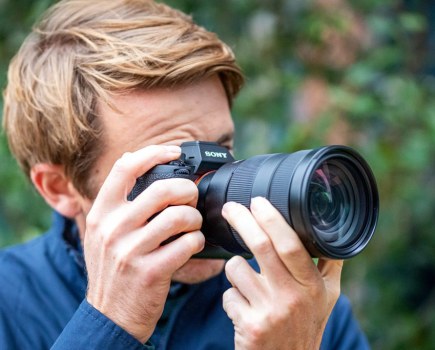Adobe MAX London is a key date in the software giant’s calendar, where it reveals and amplifies key additions to Lightroom, Photoshop and more.
Several big announcements at this year’s Adobe MAX London, which takes place today, are particularly interesting for photographers. The company is seeking to streamline editing workflows and make Photoshop, Lightroom and Premiere Pro easier to use.
For example there is a ‘reimagined’ Actions panel in Photoshop which, while it is still at the Beta stage, is definitely intriguing.
Time for Actions
Actions are basically ‘scripts’ or a series of of tasks that you play back on a single file or a batch of files – menu commands, panel options, tool actions, and so on (we use them to automate image resizing for this website for example).
Adobe has now made Actions much easier to find and apply in Photoshop, providing over 1000 ready-made Actions for common editing tasks, such as changing the colour of an item in a photo, enhancing the exposure or replacing an entire sky. The new look Actions panel will analyse your image and come up with suggestions for editing and enhancing it.
So if you decided to try replacing the sky, for example, generative AI tools would come up with some alternatives.
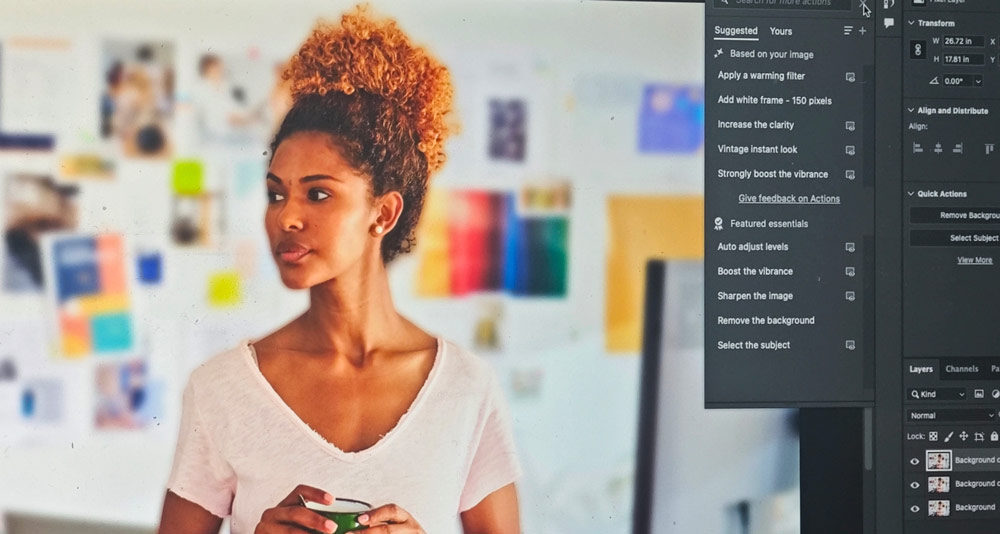
What’s more, this new generation of Actions is indexable and searchable, and you can search for them with everyday language text prompts.
While Adobe hasn’t exactly dumbed things down with this new generation of Actions, it’s gone a long way to help Photoshop users who aren’t so familiar with photography jargon. At the press briefing before the show, a representative showed how the text prompt ‘fuzz’ could be used to get the same effect as telling Photoshop to blur the background or increase the bokeh, for example.
These expanded Actions will work alongside the new generation of AI agents Adobe announced earlier this month, again helping to speed up your editing workflow and generally making Photoshop easier to use.
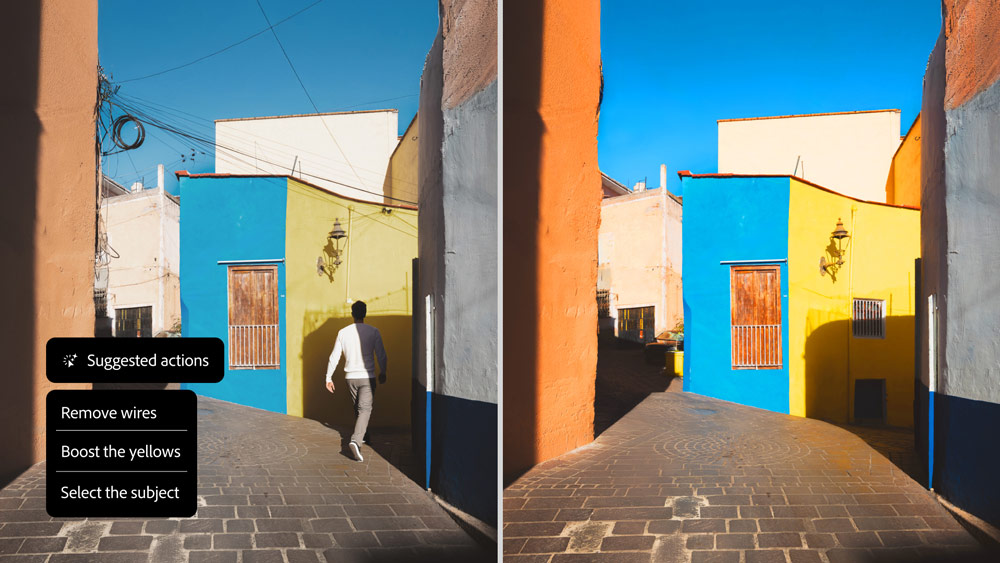
Easier selection tools
Adobe has also announced the full release of improved AI-driven detail selection tools for Photoshop. These make it easier and quicker to select complex subjects, such as hair, facial features and clothing, right through to fiddly jobs like selecting the strings on a tennis racket. This promises to be a big time saver.
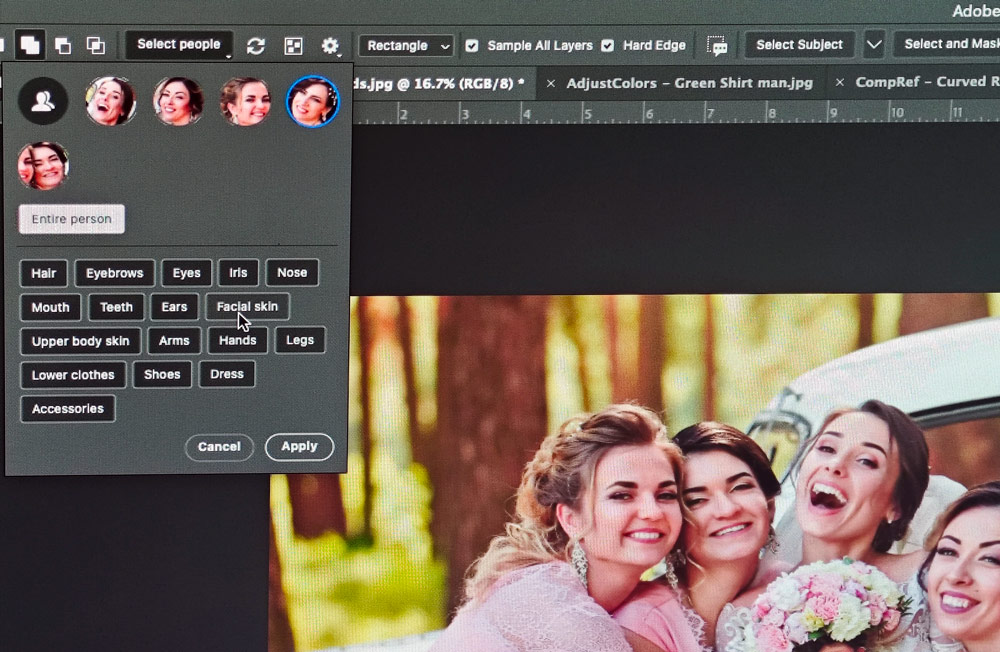
Adjusting colours has also been made easier. Photoshop now lists the colours in an image, so you can adjust the hue, saturation and lightness of a colour with greater speed and accuracy. It’s a simple yet elegant solution, and you wonder why Adobe didn’t do it before.
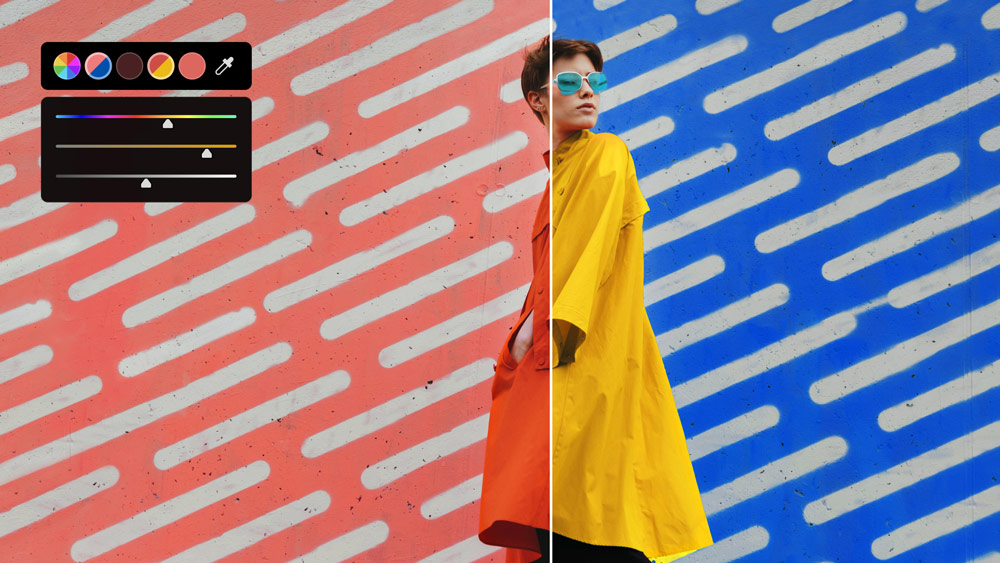
More powerful landscape tools in Lightroom
The big news for Lightroom users at Adobe MAX London is the announcement of AI tools to select and edit specific areas and object in a landscape, automatically creating masks for skies, water, plants and trees for example.
While selective adjustment has long been a feature of the software, Adobe claims the new Select Landscape tools for Lightroom and Lightroom Classic make the process much easier, and are available now. Quick Action upgrades also make it simpler to retouch group photos with greater precision.
Premiere Pro updates
If you’re also into shooting and editing video on your camera, updates to Premiere Pro enable you to easily extend footage using AI-driven Generative Extend, with support for 4K and vertical video. This is now generally available in the program. Meanwhile the new Media Intelligence lets you search lengthy footage for a particular subject of interest, and you can even search audio for people talking about a particular topic.
More realistic AI image generation
Adobe being Adobe, there are also significant updates to Firefly, the umbrella term for the company’s AI generation tools. Firefly Image Model 4 claims to improve the generation of higher-quality and more realistic images, for example, while offering lots of opportunities for editing and fine-tuning.
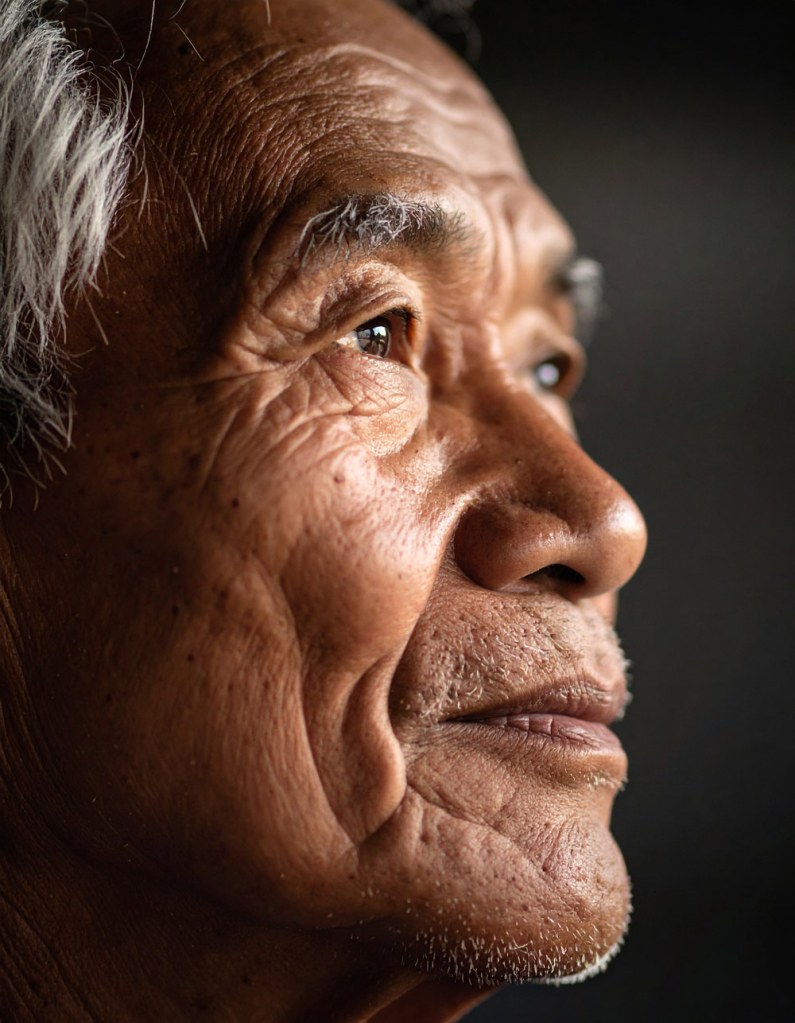
All this will amplify the concerns that many photographers have about the impact of realistic AI-generated images on their livelihoods, not to mention wider worries about the spread of deepfake images.
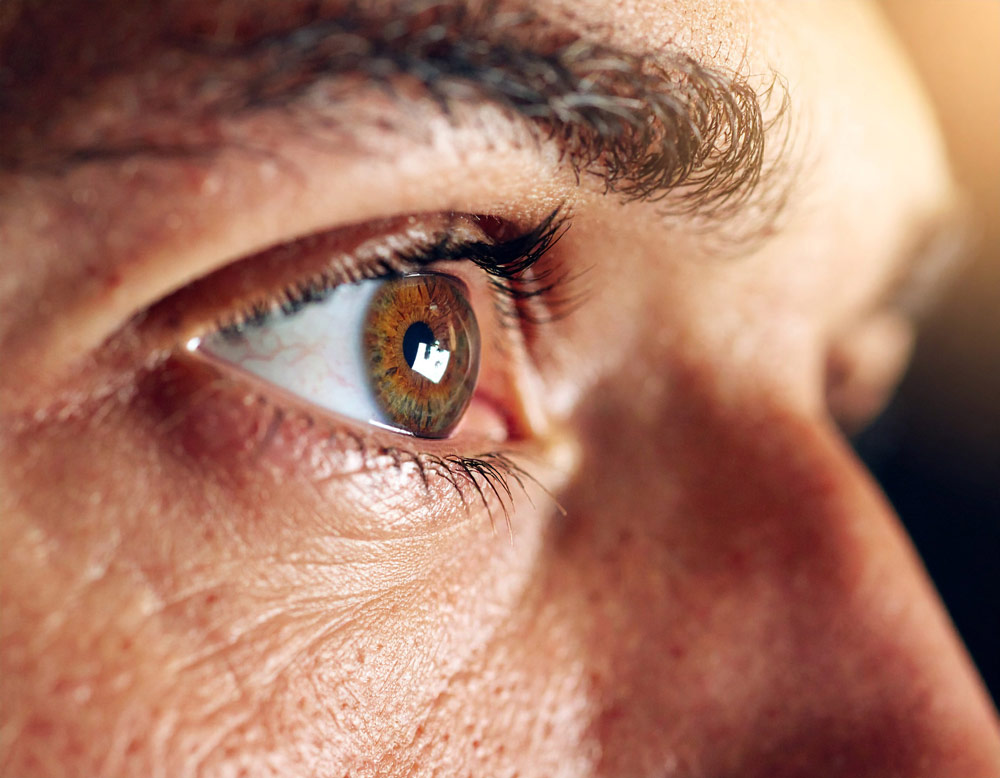
In response, Adobe is releasing the public beta of a content authenticity app which reveals how much AI was used to create an image (if at all). Photographers can include a tag in their Content Credentials to state they don’t want generative AI models to train on their work. The company hasn’t confirmed when the public beta will become the full version, but hinted it would be before the end of the year.
In the meantime a Content Authenticity browser extension for Google Chrome is already available. This enables you to see:
- Who produced the image/content — which may include information like name, social media profiles, and websites.
- The tools and editing methods used to produce the content, including whether generative AI was used in the process.
- Device information, including cameras or editing software used to create and edit the content.
Adobe also reiterated that it only ‘trains’ its AI generation tools on images and other content where it has permission to do so.
We’ll be covering this in more detail as more announcements are made at Adobe MAX London today, so keep coming back!






